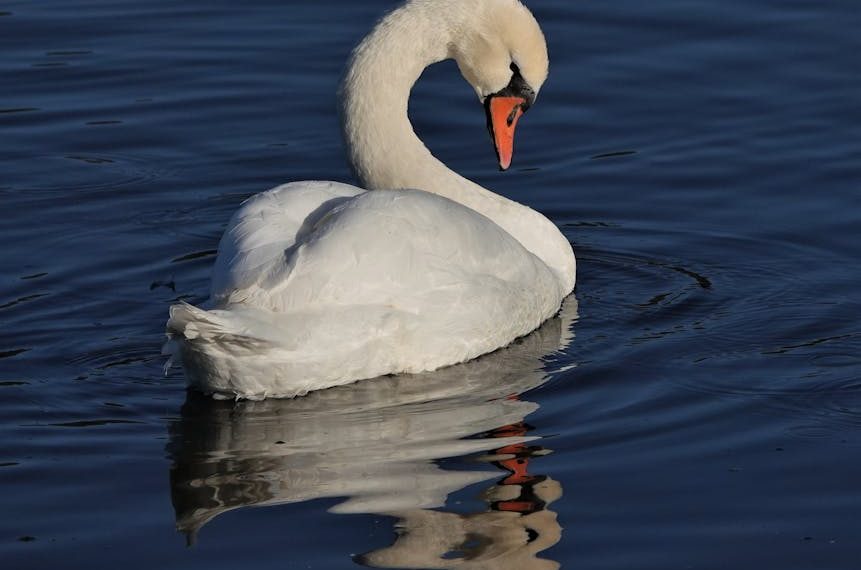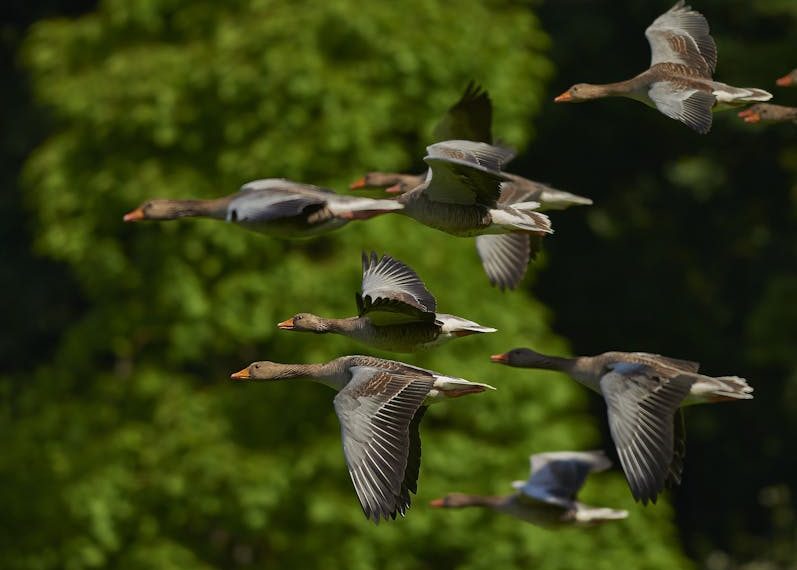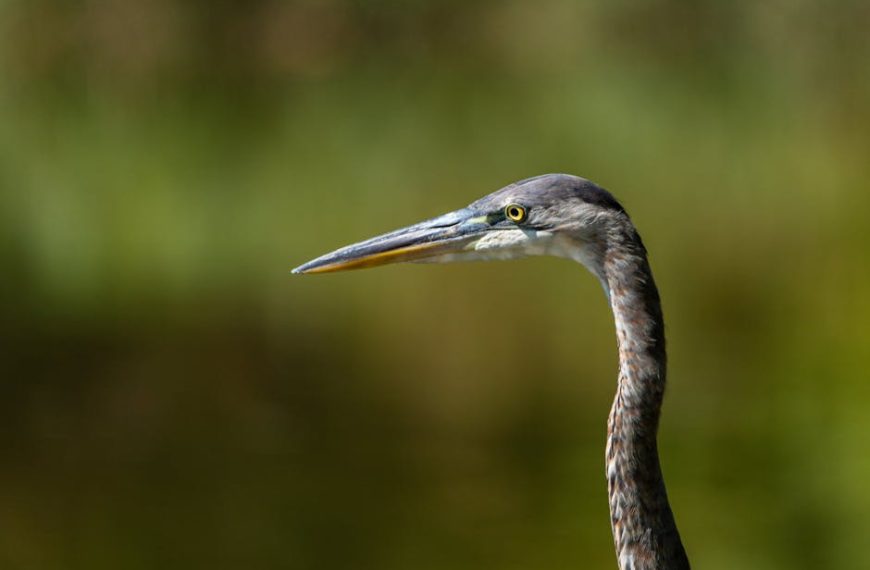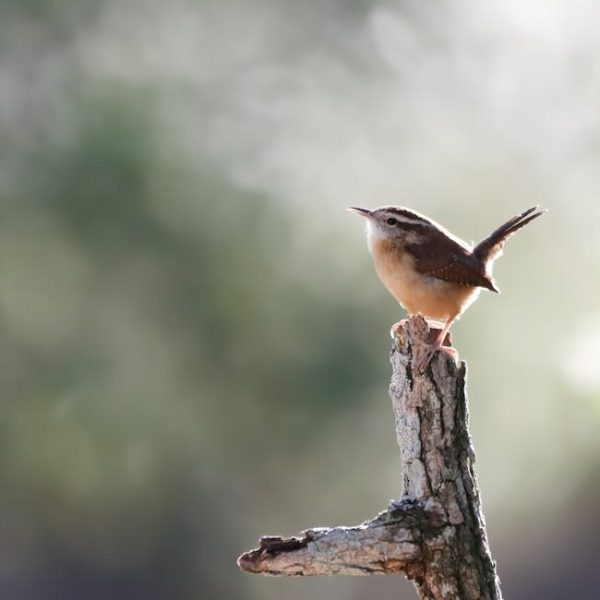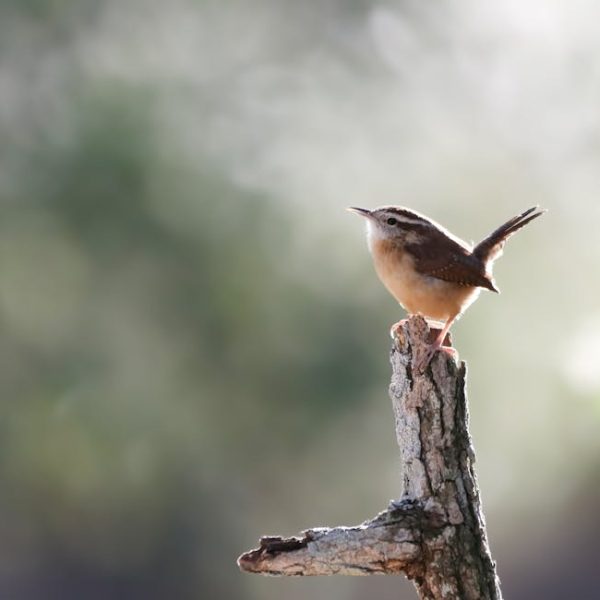The nuisance caused by birds setting up residence on your porch can turn a peaceful house into a mess-ridden, noisy environment. Not only can this be disruptive, but frequent interactions with humans can negatively affect the behaviour of the local bird population. Birds are often attracted to porches as they offer shelter and a vantage point. Employing strategies to deter these feathered visitors can help maintain cleanliness, protect bird species from unhealthy interaction with humans, and avoid potential legal implications related to inappropriate bird control.
Understanding the Consequences of Birds on Your Porch
Birds, as delightful as they can be, can cause quite a hassle when they choose your porch as their nesting or resting place. The mess created by their droppings can corrode paint, stain wood, and generally reduce the aesthetic appeal of your porch. Bird noise early in the morning or throughout the day can also significantly disrupt your peace.
Close interaction with humans can distort bird behaviour, making them either too accustomed or distressed. This interaction can lead to them spreading diseases or becoming aggressive when visitors approach.
Your porch offers a haven for birds; its structure often serves as a mutation of their natural habitats of tree branches and cliffs. They get an elevated spot for surveillance against predators, and this also ensures their nests aren’t easily reached by predators or destroyed by ground-level threats.
Using Visual Repellents to Scare the Birds Away
One of the effective ways to dissuade birds from choosing your porch as their hangout spot is to use visual deterrents. These work by capitalizing on birds’ inherent fear or dislike for certain sights. Reflective surfaces like old CDs or aluminum foil strips deter birds as they’re distraught by the unpredictable patterns of reflected light. Fake predator statues of owls, hawks, or cats can exploit their instinctive fear of such predators, convincing them that your porch is not the safest spot to rest or nest.
Choosing the right deterrent depends on the type of bird frequenting your porch and the structure and aesthetics of your porch. For example, smaller birds can be deterred using aluminum foil strips while larger birds may require something more substantial like a predator statue. Placement of these deterrents should also be planned strategically for maximum effect.
Design and Installation of Physical Barriers
Another effective method for keeping birds from your porch is the use of physical barriers. Bird spikes can be installed on eaves, ledges, and any area where birds perch. Bird netting can be used to stop birds from reaching certain areas. Physical barriers must be chosen based on the target bird species and the architecture of your porch.
Proper installation of these barriers is crucial, ensuring they don’t harm the birds and are harmonious with your porch’s layout and aesthetics. Regular maintenance and checks for any potential damage are essential to make these barriers effective in the long run. Acoustic deterrents are an innovative and effective way to scare birds away. Products like ultrasonic devices, bird distress calls, or predator calls can create an environment that is distressing or frightening for birds, causing them to depart. It’s important to have a deep understanding of the bird species you’re dealing with, as different birds respond to different sounds. Moreover, these sounds should be set to a volume that is uncomfortable for birds but doesn’t disturb your surroundings. Placement of acoustic deterrents is key too. Place them strategically where they will directly hit areas frequented by birds. Also, try varying the sounds and their intervals as birds can sometimes become habituated to a single tone if continued for too long. In case you prefer a more natural approach, several options are available that are safe for both humans and birds. Certain plants, such as lavender, marigold, or lemongrass, are known to be disliked by birds and can be incorporated into your porch’s scenery. Natural sprays containing ingredients with repellent effects like peppermint or eucalyptus oil can be sprayed around the porch area. These sprays are non-toxic and often smell wonderful, creating a pleasant fragrance on your porch while serving their purpose of bird control. Having said that, it’s essential to keep in mind that not all bird species react similarly to all plants or sprays. Hence, identification of the bird species you’re dealing with helps in choosing the best deterrent approach. Ensuring a long-term, bird-free environment on your porch requires consistent effort. Make sure deterrents and barriers are in good condition and replace or fix them if necessary. Observe the effectiveness of your methods, and adjust as needed for better results. Avoid steps that can harm birds or other wildlife. Remember that our objective is to deter them, not harm or distress them unduly. Regular maintenance, strategic thinking, a balanced approach, and a bit of patience can help you achieve a bird-free porch while protecting the lovely bird species around you. With these effective strategies, you can enjoy chirping birds from a distance, while preserving the peace and cleanliness of your porch space.Implementing Acoustic Deterrent Methods
Employing Safe and Natural Bird Repellents
Maintaining a Bird-Free Zone
Key Takeaway:
- Birds nesting or resting on your porch can cause disturbances and result in messy surroundings.
- Consistently employing strategies like visual deterrents, physical barriers, acoustic deterrents, and natural repellents can effectively deter birds from your porch.
- The correct selection, placement, and implementation of these methods are key to achieving optimum results.
- Regular maintenance and adapting based on efficacy is paramount for maintaining a long-term bird-free porch.
- It’s vital to ensure these deterrent methods are safe and don’t negatively affect the birds or local wildlife.
In conclusion, creating a bird-free environment on your porch can seem daunting, but the right knowledge and consistent efforts can make it achievable. By respecting the birds and their needs, and setting up deterrents that are safe and effective, you can enjoy a clean, peaceful porch atmosphere without unduly affecting local bird populations. Now, you’re well-equipped to maintain your space while keeping nature’s peace intact.
FAQs
Q: What should I consider while choosing a physical barrier to scare birds away from my porch?
A: Consider factors like the species of bird you’re targeting, the structure of your porch, and the aesthetics of your home. Ensure that the barrier doesn’t harm the birds or interfere with the look of your porch.
Q: Can I use multiple deterrent methods simultaneously?
A: Yes, combining different deterrent methods can often increase their effectiveness. However, ensure they don’t contradict or interfere with each other.
Q: How often should I check and maintain my bird deterrents?
A: Regular maintenance is crucial, so it’s advisable to check your deterrents every few weeks. Replace or repair any elements that are damaged or not functioning optimally.
Q: Are there any legal implications I should be aware of while employing bird deterrents?
A: Yes, some jurisdictions protect certain bird species, so it’s essential to make sure your methods of deterrence abide by local wildlife laws. Avoid any measures that can harm or distress the birds.
Q: Are there alternative solutions if I don’t want to use deterrents on my porch?
A: If you prefer not to use deterrents, offer alternative nesting areas away from your porch such as birdhouses or feeders placed in trees or away from your living space.
To gain even deeper insight into bird control, feel free to explore more articles on our website. Don’t forget to share this post if you found it enlightening.

